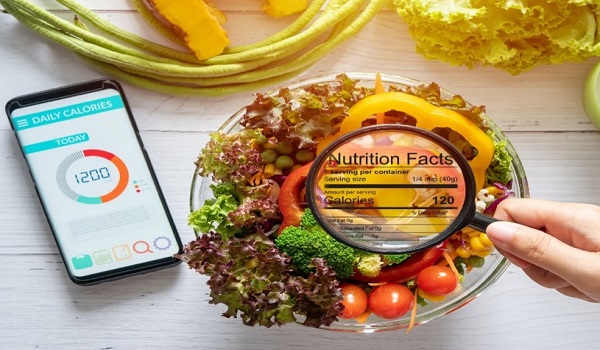The global food industry is undergoing a seismic shift as companies scramble to meet rising consumer demand for clean-label products and comply with mounting regulatory pressures. There has been a strong call for the removal of artificial dyes by 2027, and the ripple effects are now being felt across international markets, including India.
From multinational conglomerates to domestic FMCG players, the food industry is in the middle of a reformulation frenzy. Major ingredients suppliers like ADM and Ingredion are reporting surges in demand as brands overhaul product lines to eliminate synthetic colors and additives, while boosting functional and nutritional claims.
“There is a lot of demand already from customers to reformulate,” said Monish Patolawala, CFO of Archer-Daniels-Midland Co., at a recent Farm to Market Conference in New York. The company’s nutrition segment saw a 13% revenue bump in Q1, driven by demand for natural colors and flavors, particularly from beverage companies.
Back home in India, the momentum toward natural and health-centric reformulations is accelerating, too. With growing awareness around ingredients among Indian consumers, fueled by social media, wellness influencers, and rising lifestyle diseases, major brands are forced to rethink what’s on the label.
Nestlé India, for instance, recently reformulated its Maggi masala variant, removing artificial colors and cutting sodium levels to align with its “Simply Good” commitment. Similarly, Haldiram’s has begun phasing out synthetic dyes from its snack and sweets portfolio, with CEO Neelu Khurana noting a “clear shift in consumer preferences toward natural and recognizable ingredients.”
Even traditional Indian brands are feeling the pressure. Several mithai and namkeen companies are working with natural color providers like Synthite and Plant Lipids to substitute lab-created hues with turmeric, beetroot, and annatto. According to industry insiders, the demand for natural dyes in India has grown by over 25% in the last year alone.
“Indian consumers are no longer passive. They’re reading labels, Googling ingredients, and asking questions,” said Rakesh Gupta, VP at Ingredion India. “Clean label is no longer a Western trend — it’s mainstreaming in Tier 1 and Tier 2 cities alike.”
Global players like PepsiCo, which has a massive footprint in India with brands like Lays and Kurkure, have also committed to removing artificial colors from key SKUs by the end of 2025. “The reformulation of our snack portfolio is well underway globally, and India is a critical market in this transformation,” CEO Ramon Laguarta said in an April investor call.
The shift isn’t just about avoiding artificial colors — it’s also about delivering more functional benefits. McCormick’s CEO, Brendan Foley, captured the broader trend when he noted, “It isn’t just colors. It’s also about hydration, functional foods, and high-protein innovation.”
In India, this is opening up opportunities for newer, health-forward brands like Slurrp Farm, The Whole Truth, and Yogabar, which have built their identities around clean-label promises. Many of these startups are actively sourcing from local ingredient processors focused on natural fibers, plant-based proteins, and Ayurvedic superfoods like ashwagandha and amla.
But reformulating comes with challenges, especially in a price-sensitive market like India. Synthetic dyes and emulsifiers are cheaper, and shelf stability can be harder to achieve with natural ingredients. “It’s a balancing act,” said Kavita Desai, R&D head at a large Indian snack company. “We want to go clean, but we also have to keep costs under control and products shelf-stable in the Indian climate.”
Still, with global pressure mounting and Indian consumers becoming more ingredient-aware, the direction of travel is clear: artificial is out, and natural is in.
“The clean-label shift is not a fad anymore,” said a spokesperson for the Food Safety and Standards Authority of India (FSSAI). “It’s a structural change in how the industry approaches formulation — and India will not be left behind.”


